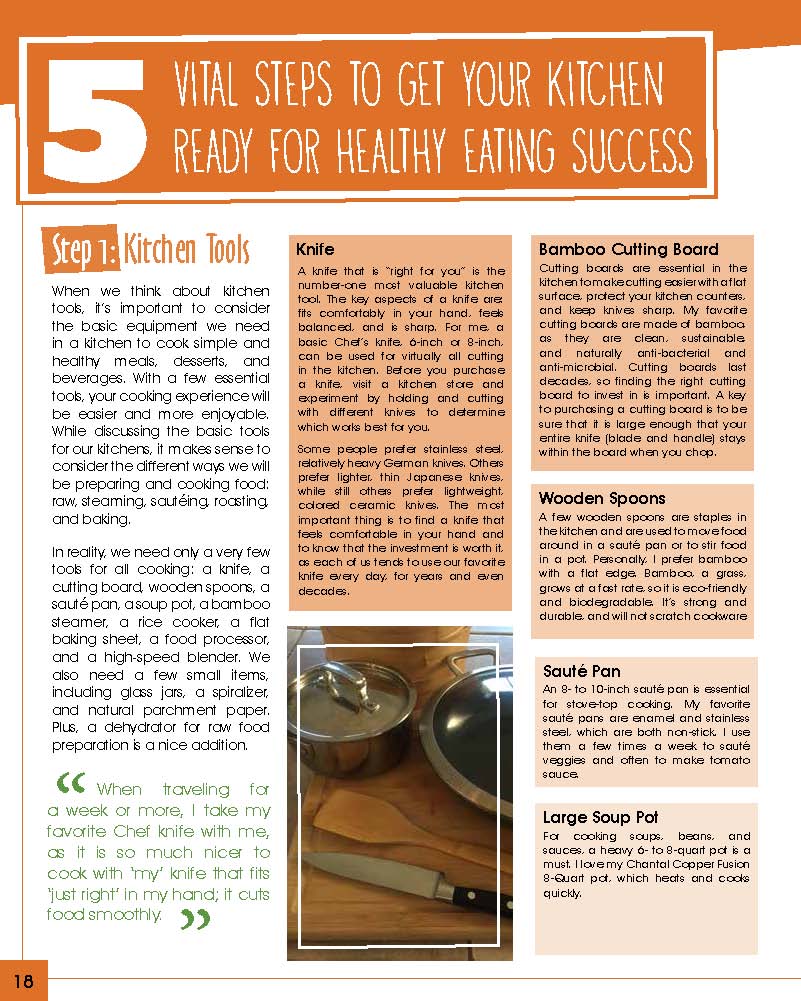So many people ask me how I am able to create such simple beautiful meals and that it always seems as though I have the “right” ingredients handy all the time. As a matter of fact, in my new book, A New View of Healthy Eating, I write about Success in the Healthy Kitchen, with essential staples in the refrigerator and pantry. This week I stocked up on a few items in my pantry, so I decided to share the staples in my pantry.
First, the foods that I stocked up on this week were red lentils, sunflower seeds, brown rice, and garbanzo beans, along with some of my favorite superfoods (since they were all on sale!)
Excerpt from A New View of Healthy Eating
Step 3: Pantry: Essentials in the Whole Food Pantry
Stock your pantry with essentials so that you are prepared to cook with seasonal food you bring home from the farmers’ market. With these essentials, you can intuitively create your own favorite dishes for breakfast, lunch, dinner, or snacks.
- Whole grains. Use versatile whole grains such as brown rice, quinoa, and steel-cut oats to quickly and simply cook breakfast with berries, nuts, and seeds, or a dinner side dish with raw, steamed, or roasted vegetables.
- Beans and legumes. Cook garbanzo beans for a quick hummus, lentils in a simple soup, adzuki beans for a simple rice and beans meal, and kidney beans in a veggie chili.
- Nuts and seeds. Enjoy a variety of nuts and seeds such as almonds, cashews, walnuts, hemp seeds, and sunflower seeds. Blend nut milk, add to smoothies, cook in a stir-fry, or make a raw pâté.
- Extra virgin olive oil. Buy organic, first press, cold press, estate grown, and with <.8 acidity for a high-quality olive oil. Olive oil is perfect for salad dressings, roasting veggies, finishing steamed vegetables, and dipping flatbread.

- Dried herbs and spices. Stock a few dried herbs (basil, oregano, marjoram, bay leaves) and spices (cumin seeds, coriander, cinnamon) in your pantry. Use a few different spices and herbs every week to intuitively add flavor and dimension to roasted roots, baked spaghetti squash, and hummus. P-039

- Vinegar and mustard. Keep a few acids, such as balsamic, red wine, or rice vinegar, and stone-ground mustard in your pantry for salad and vegetable dressings and marinades. There’s always an 18-year aged balsamic vinegar in my pantry that I love to drizzle on roasted veggies and that I use as a dipping sauce for my organic sprouted flatbread.
- Natural sweeteners. Use natural sweeteners such as fresh Medjool dates and local raw honey in your breakfast whole grains, salad dressings, smoothies, and desserts.
- Sea salt. Try a few types of unrefined sea salts such as Celtic or Himalayan salts and cook with those you like best. Sea salt brings out the natural flavor in food. For cooking at home and in my classes and workshops, I love whole crystal (coarse) unrefined salt that sometimes needs a little grinding.
- Green tea and coconut water. Use electrolyte-rich coconut water as a base for smoothies, and drink loose green tea and matcha tea as everyday beverages.

- A few extras for extra flavor. We all have a few special foods that we love to add to our meals. I often add olives and capers to veggie stir-fries and simple avocado salads.
- Superfoods. Stock a few nutrient-dense superfoods, such as goji berries, raw cacao nibs, and hemp seeds for quick snacks or smoothies.

I’ll also be sharing how to stock your refrigerator for healthy eating success.
I’m very excited that my new book, A New View of Healthy Eating, is now available. If you’d like a copy for yourself or for a gift (I’ll gift wrap), you can buy it right here:










































































